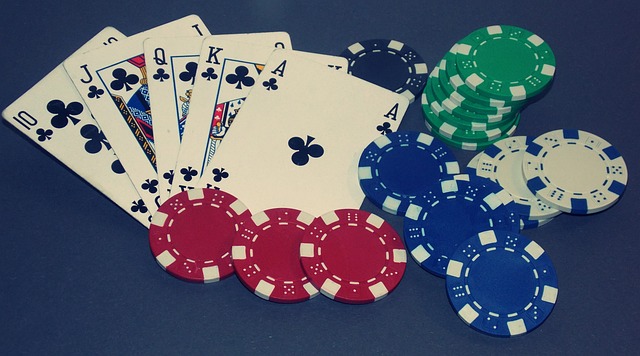Bullfighting is one of Spain’s most traditional and controversial spectacles. This ancient sport is also known as “corrida de toros” or bullfight. It has its roots stretched back centuries. Deeply entwined with Spanish culture and history.
The origins of bullfighting can be traced to ancient rites and rituals. The practice began as a form of worship to honor the gods. And evolved into a celebration for royal weddings and military victories. The first recorded bullfight in Spain took place in 1133. As a celebration of the coronation of King Alfonso VIII. However, it was not until the 18th century that bullfighting began to take the form we recognize today, with the introduction of the “matador” – the bullfighter who faces the bull in the ring.
Bullfighting gained popularity over the years, especially among the Spanish nobility. Initially, noblemen would fight the bulls themselves, but over time, they began to hire commoners to perform the fights on their behalf. This shift allowed for the professionalization of bullfighting, with matadors becoming revered figures in Spanish society.
The bullfight itself is steeped in ritual and pageantry. It is divided into three parts, known as “tercios.” The event starts with a parade, followed by the matador and his assistants challenging the bull. The spectacle is both a dance and a battle, with the matador displaying his skill and bravery.
Despite its historical significance, bullfighting has become a subject of intense debate. Critics argue against the ethical implications, citing animal cruelty concerns. This has led to varying regulations across Spain, with some regions banning the practice altogether.
Yet, for many Spaniards, bullfighting remains a symbol of national heritage and cultural identity. It represents courage, artistry, and tradition. Festivals and bullfights still draw crowds, preserving a piece of Spain’s rich history.
In essence, bullfighting’s history in Spain is a tapestry of tradition, controversy, and evolution. It mirrors the complex interplay between culture, ethics, and identity in Spanish society.
THE BETS ON THIS SPORT

Betting on bullfights in Spain isn’t officially sanctioned or widely recognized as part of the traditional betting industry. Unlike other forms of sports betting. Bullfighting is a cultural event deeply rooted in Spanish history. It is primarily viewed as an art or spectacle rather than a competitive sport. One where betting would typically occur. The event itself draws significant interest and attendance. People focus on the performance and skill of the matadors. It does not have a structured betting system like horse racing or football matches at TonyBet España.
In regions where bullfighting is still celebrated, the emphasis remains on the traditional and ceremonial aspects. Not often do people bet on it. Therefore, you won’t find legal betting markets or official bookmakers. That offer odds on bullfights in Spain. The lack of measurable outcomes, such as scores or timed performances, further complicates how one would even approach setting up a betting system for such events.
However, informal betting among spectators might occur as a private practice. But this is not regulated, nor is it part of the mainstream gambling industry. Such activities would largely depend on personal agreements. And are not supported by any legal betting platforms.
While bullfighting continues to be a part of Spanish culture in certain areas, it does not serve as a platform for official gambling activities. Any betting that might occur is informal and not recognized by legal gambling institutions.
